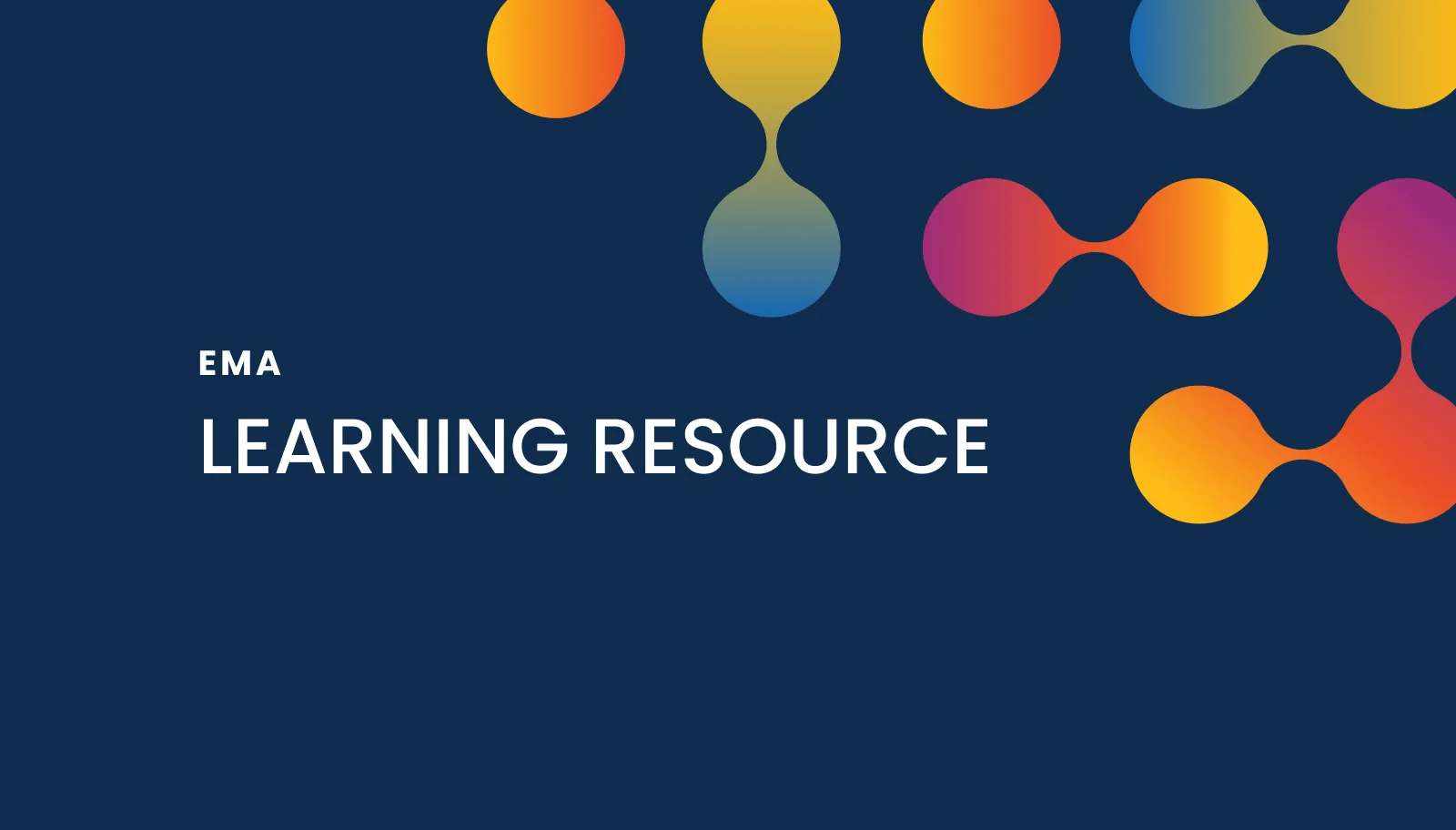A Study in Measurement

by Jonathan E. Martin
From Memeranda, Spring 2013
Idealism filled the room. This was not a conference of college and university admission "administrators" seeking more efficiency in their work, but of educators seeking to make universities more diverse, more just, and more successful for a broad range of students. This was a calling, not just a job.
Entitled Attributes that Matter: Beyond the Usual in College Admission and sponsored/hosted by the Center for Enrollment Research, Policy, and Practice at the USC Rossier School of Education, this conference drew about 500 people, including two from the The Enrollment Management Association Think Tank Committee: Chair Ray Diffley and me.
Eric Hoover described the end goal of the conference in the Chronicle of Higher Education (January 14, 2013):
"Every year, presidents and professors expect freshmen who are curious, determined, and hungry for challenges. Standardized-test scores may or may not predict a given student’s long-term potential. Grade-point averages present only a partial view of an applicant’s talents and work habits. And so, some admissions officers say, it’s time for a new set of tools."
Keynoter William Sedlacek, Professor Emeritus of Education at the University of Maryland at College Park and a pioneer in noncognitive assessments, shared the wisdom he’s gained from nearly half a century of work in this field. An idealism forged in the Civil Rights era still burns bright, motivating him to urge his audiences to assess applicants in ways which will broaden opportunities for underrepresented groups via effective, legal, and ethical methods. But he also has a pragmatic case to make: in an era of rapidly expanding pools and a concurrent inflation of GPA, we have to have additional tools to better discriminate and select the best matches for our programs and institutions.
Several of the workshop programs were delivered by practitioners in the field, including DePaul University in Chicago and Oregon State University. What was most interesting about their presentations was not that they had solved the problem (that they were offering the ideal solution, as so often presenters say), but rather their honesty and transparency about the mixed results of their initiatives—and their determination to keep going.
At OSU, they created what they call the Insight Résumé: six short-answer questions with prompts that inspire creativity, such as asking applicants to describe how they overcame a challenge. Their team then carefully rates the special résumé and uses it to find "diamonds in the rough," who are otherwise unlikely to become admitted students. But after a first few years of successful predictions, the correlations have faded, and it is time to iterate this journey. That doesn’t daunt them, however, and their quest doesn’t falter. As an admission dean at DePaul explained, "It is possible to believe in the power of the variable, while realizing that the instruments to measure it may not be as robust as we like."
Have you ever said to yourself, "I’d love to really analyze this question deeply, but it would take years and years to get to the bottom of the matter?" At Boalt Hall Law School (University of California Berkeley), Professor Sheldon Zadek didn’t let scale and scope daunt him when confronted with the challenge created by California’s referendum banning the use of race and ethnicity in admission.
He shared with us what can only be deemed an epic study more than a decade in the making. As he explained, it is relatively simple to evaluate whether the "Index" quotient of LSAT scores and undergrad GPA predicts performance in law school (as measured by GPA), but it is a much more complicated question to ask whether that same index effectively predicts performance as a lawyer.
Several years were spent deciding what exactly makes for effective legal practice, defining more than 25 key domains, after which the rubric was applied to a large number of California lawyers in order to define their effectiveness in each domain. Did the "Index" predict their quality? Not very well: "For some domains, the better you did on the LSAT, the less effective you would be in the workforce in that specific domain."
Yet when Zadek broadened the range of assessments, prediction improved dramatically. "In contrast to the Index, new tests – in particular the Situational Judgment Test and the Biographical Inventory – predicted almost all of the effectiveness factors. And in general, race and gender subgroup performance did not substantially differ on the new predictors."
For audience members, Zadek’s findings and message were compelling: look to your mission and to your school’s particular view of what our society needs the most— leaders and innovators, people of outstanding judgment, ethics, and empathy, and an abundance of other possibilities which you can use to more meaningfully differentiate your school. Then select or design the instruments which will help select those in the applicant pool you can best prepare and educate to become alumni who fulfill your school’s purpose.
The Enrollment Management Association believes that independent school admission is likely to see disruptive change in the next decade. How, then, will independent school enrollment managers respond and remain successful in their work? Join the Think Tank’s conversation by reading and contributing to the Think Tank blog, written by Jonathan E. Martin.



.webp)
